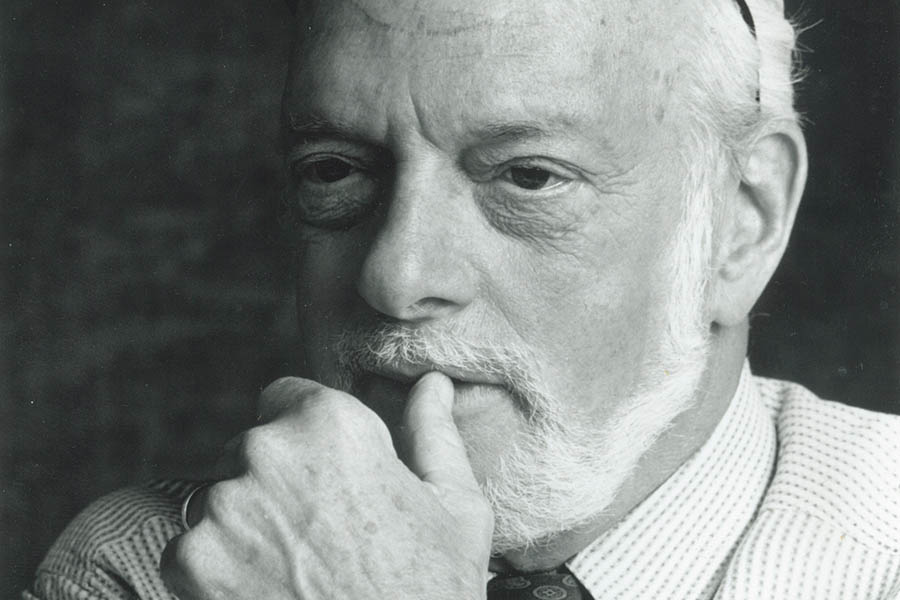They’ll Make a Production of It
Artists build the imaginary worlds of the stage; producers and managers build the actual worlds where imaginations can play.

This special section looks behind the curtain at a group of influencers, decision-makers, and facilitators who don’t often get the spotlight. In the commercial theatre they’re called producers, while in the nonprofit arena they typically have the title of managing director (or, increasingly, producing artistic director). They don’t (usually ) originate the art itself; but whether they’re taking risks on new Broadway musicals or managing a small theatre’s leap from small to midsized, producers, managers, and other administrators are the folks who find, furnish, and pay for the rooms where the art happens.
Artists build the imaginary worlds of the stage; producers and managers build the actual worlds where imaginations can play.
Harold Prince has always made work that matters to him—and most often to a wide audience.
Whatever contribution I’ve made to the theatre repertoire has been because I took risks on great material and got backers to trust me with it.
The theatre in Portland, Ore., joins the organization for national profile—and local leadership on wages.
What nonprofit managers and commercial producers can learn from each other, and pass on.
For many small theatres, the leap to midsize, and from renting to owning, can be a make-or-break deal.
The theatre subscription model may seem creaky, but maybe all its needs is an upgrade—a monthly, recurring upgrade.
Broadway’s only African-American lead producers share their paths to producing and some tricks of the trade.